The high school years are when people find out who they are, who their friends are and what kind of people they want to be. Through these years, at some point people will be forced to make decisions that can determine a lot for their future.
In high school there is likely going to be somebody who puts pressure on someone else to do something; this peer pressure often involves drugs and/or alcohol. Drug Abuse Statistics.org and CDC.org conducted studies of high school students in the United States and found that 46.6% of students have used illicit drugs and 58.6% of students have consumed alcohol at least once.
Many believe that peer pressure is one of the most common reasons for why underage students indulge in drugs and alcohol. Liz Kampschroeder (staff) teaches an interpersonal relationships class. During this class, Kampschroeder teaches about techniques for avoiding peer pressure. She thinks peer pressure works so well because students “want to be liked and they want to be like everybody else.”
But if peer pressure is such a big factor with drugs and alcohol, why can’t students encourage and pressure their peers to abstain? Officer Anna Smith (staff), who is the school’s resource officer, said, “There is a code of silence at Windsor High School because they don’t want their friends to get in trouble.”
The code of silence is something that most high school students use because they have either done drugs and alcohol or they know somebody who has and they don’t want anyone to get in trouble. The Windsor Chronicle wanted to figure out how many students have done these substances; we created an anonymous poll for sophomores through seniors. This research showed that 25 of the 37 kids polled had previously indulged in drugs and alcohol.
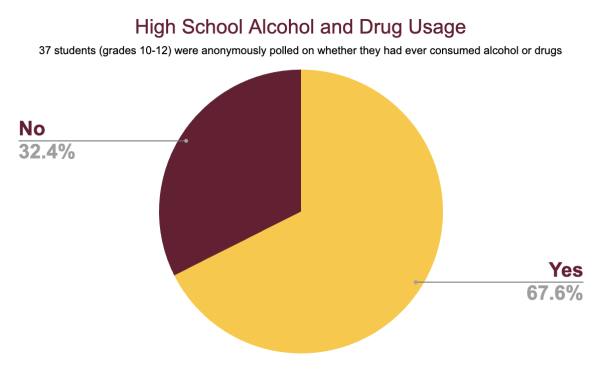
Now there is no way of telling whether these students were or were not pressured into consuming these substances, but data shows that peer pressure is a realistic experience that students go through. Although it might be hard to say no to these pressures, it is not impossible for some students.
Amiyah Torres (10) has previously experienced peer pressure around drugs and/or alcohol. Torres has also previously taken Kampschroeder’s class that provided techniques to combat peer pressure. Torres said, “I’m strong enough to say no.”
According to Officer Smith, the school is trying to set a new path for consuming these substances and wants to start with the upcoming freshmen. Smith said, “We don’t want the freshmen going through the next four years with the mindset thinking drugs and alcohol are acceptable.” The school is working to construct this path by having a unit in the health classes that teaches freshmen about the risks and dangers of substances.
Classes often bring up the concept of student peer pressure; however, sometimes parents or guardians can supply these substances, tell them it’s OK to consume them and even inadvertently pressure their kids to consume them.
How can students avoid these pressures? “They need to be able to have a safe person to talk to about what’s happening in their world,” Kampschroeder said.
And ultimately how does a school or society prevent underage students from indulging in these substances? “We have to create something cooler that is safe,” Kampschroeder said.
If you or someone you know is struggling with substance abuse, get help from SAMHSA or Safe2Tell.


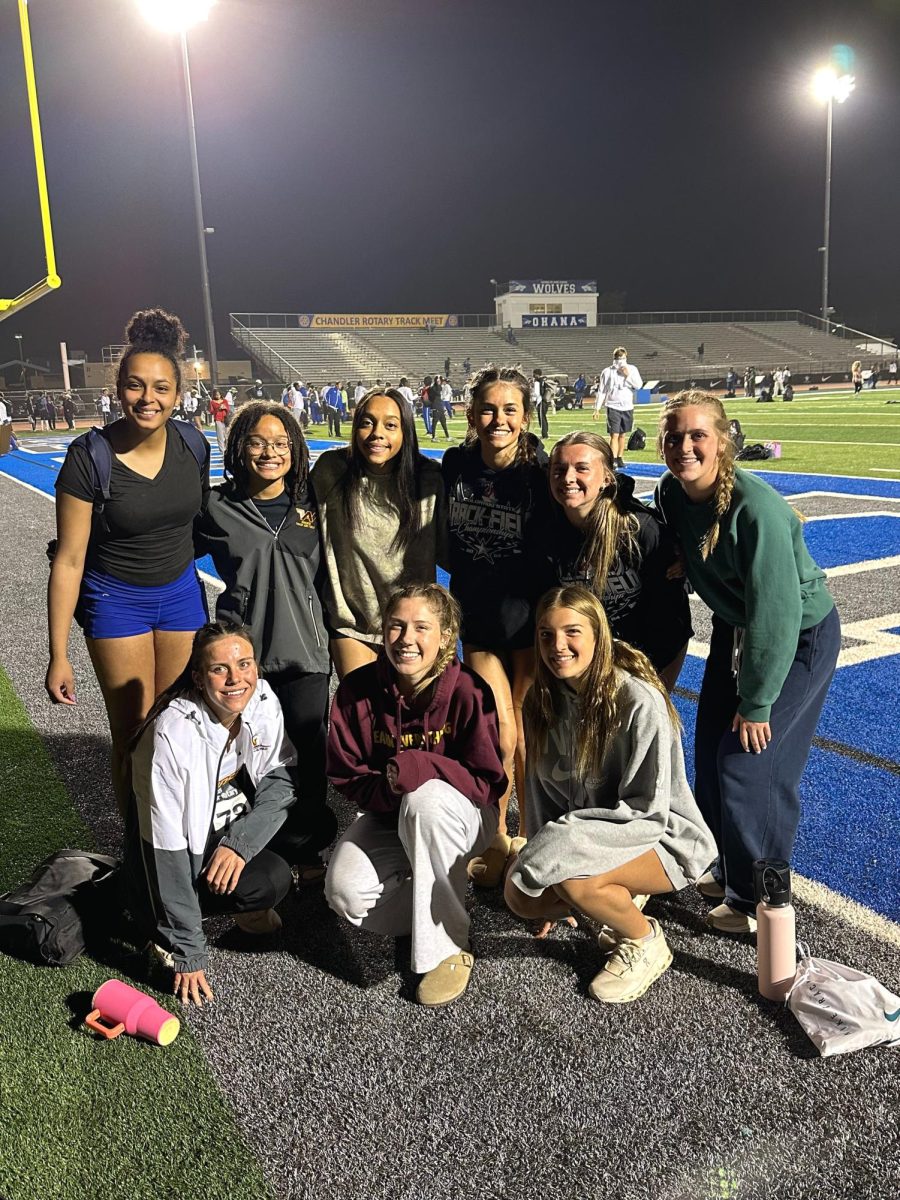

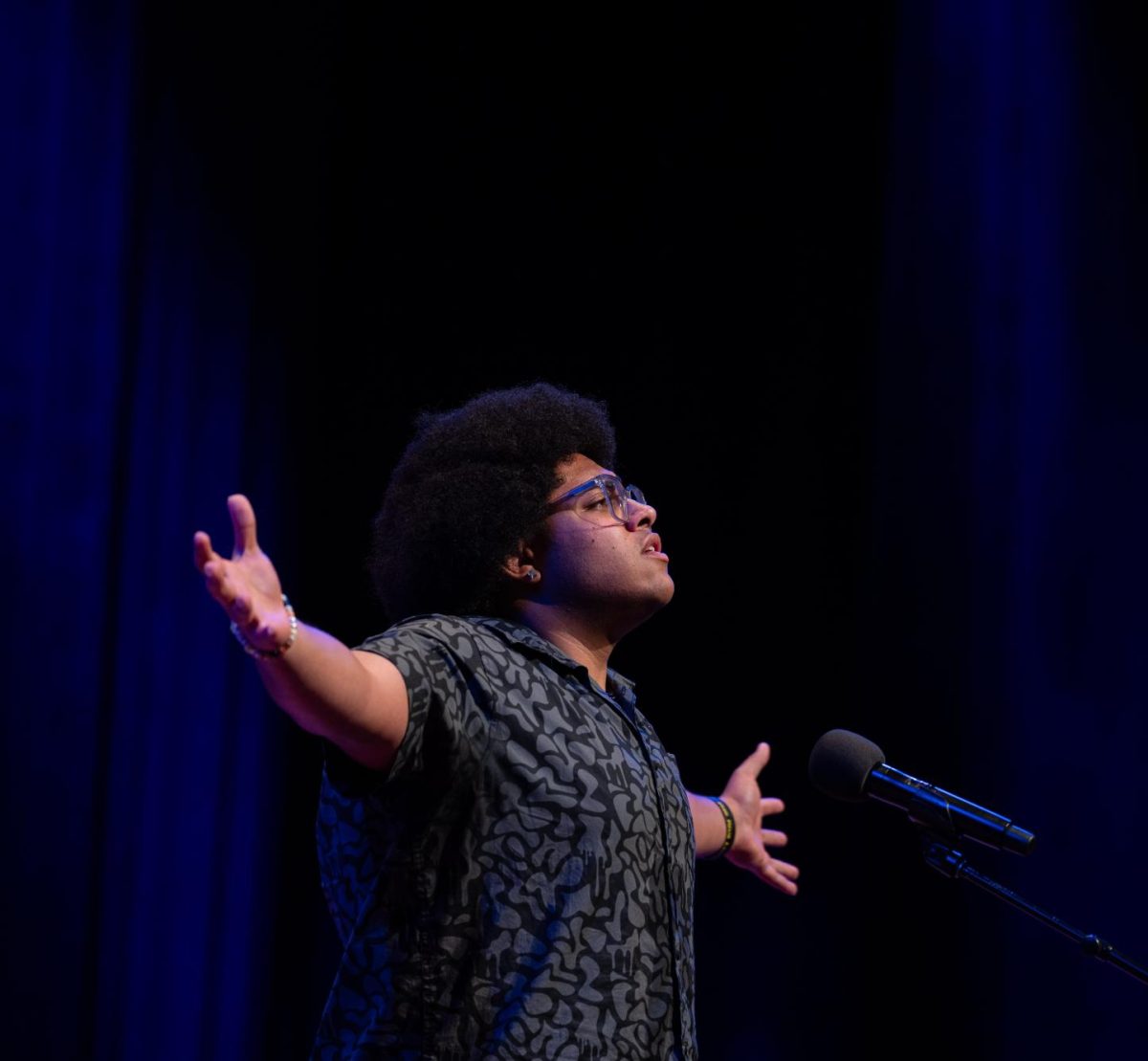
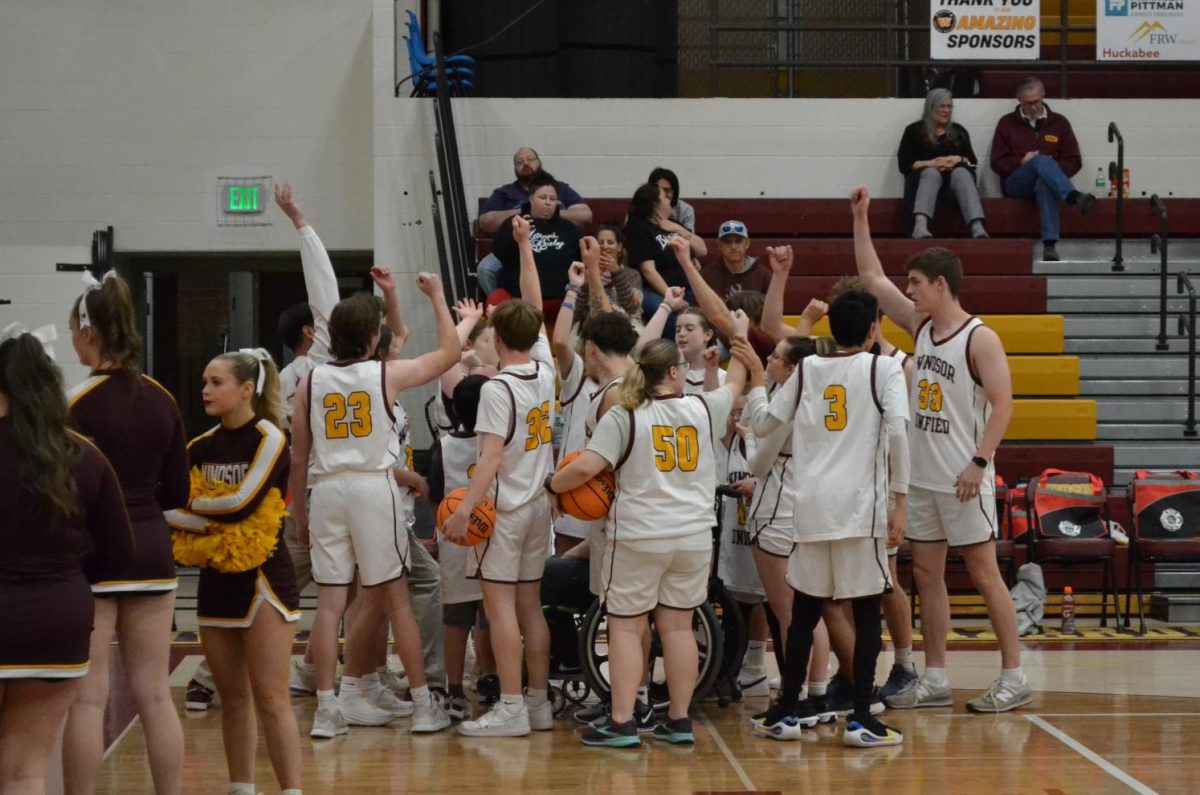

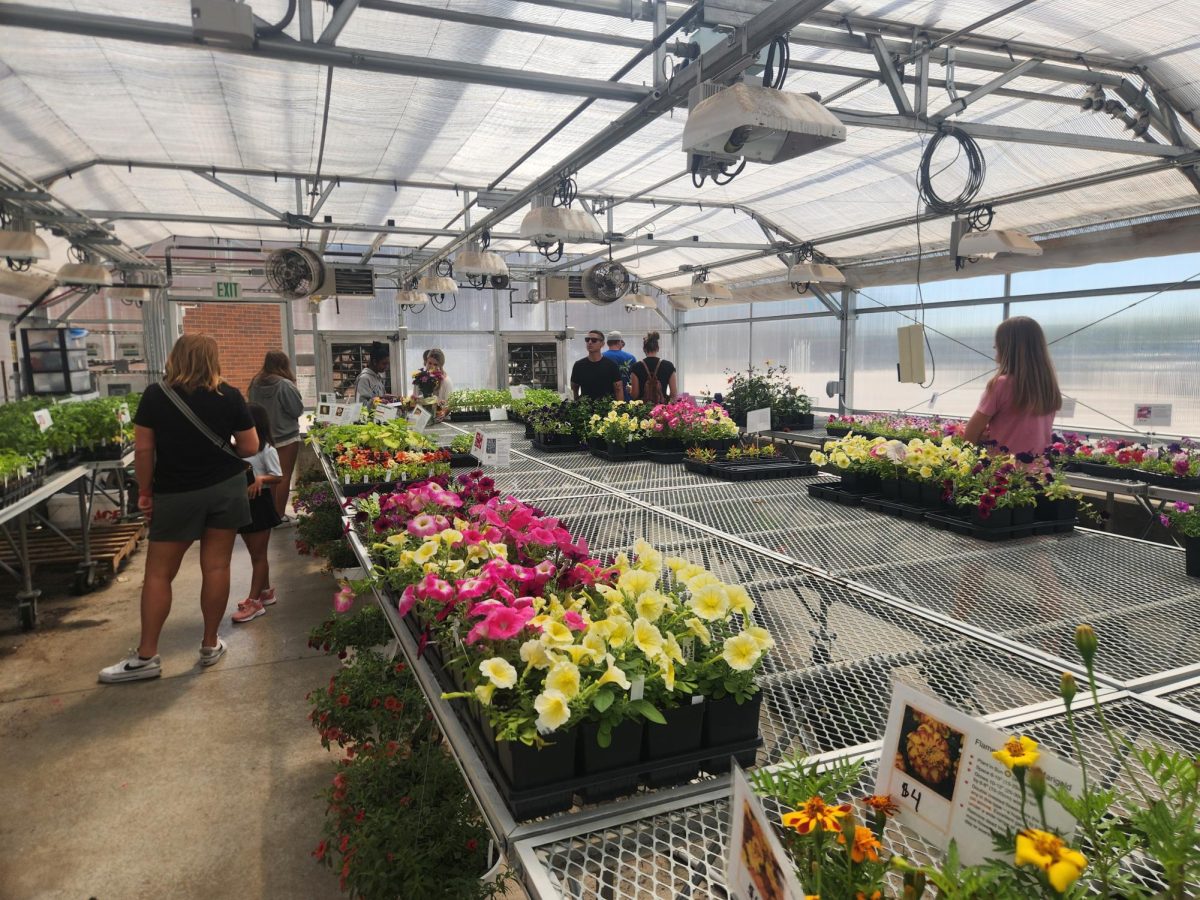
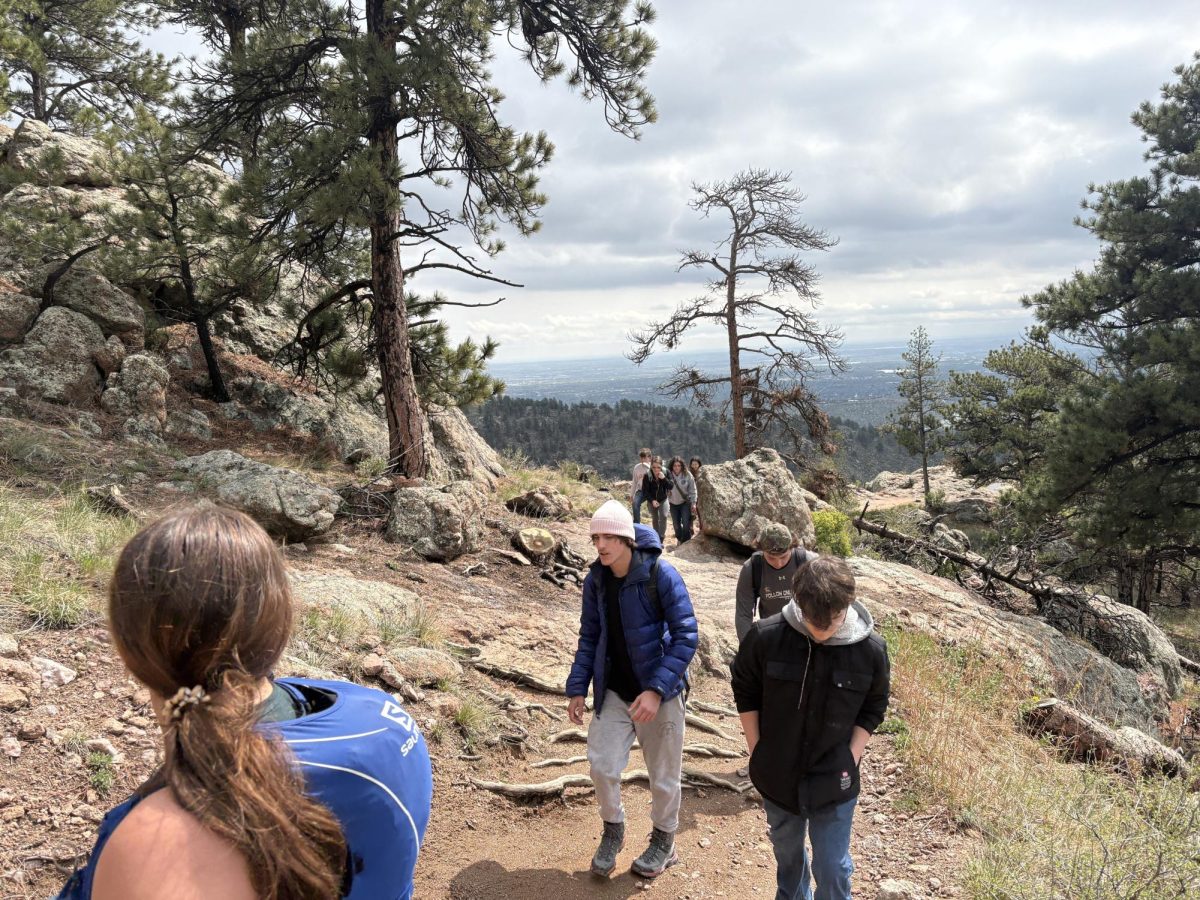
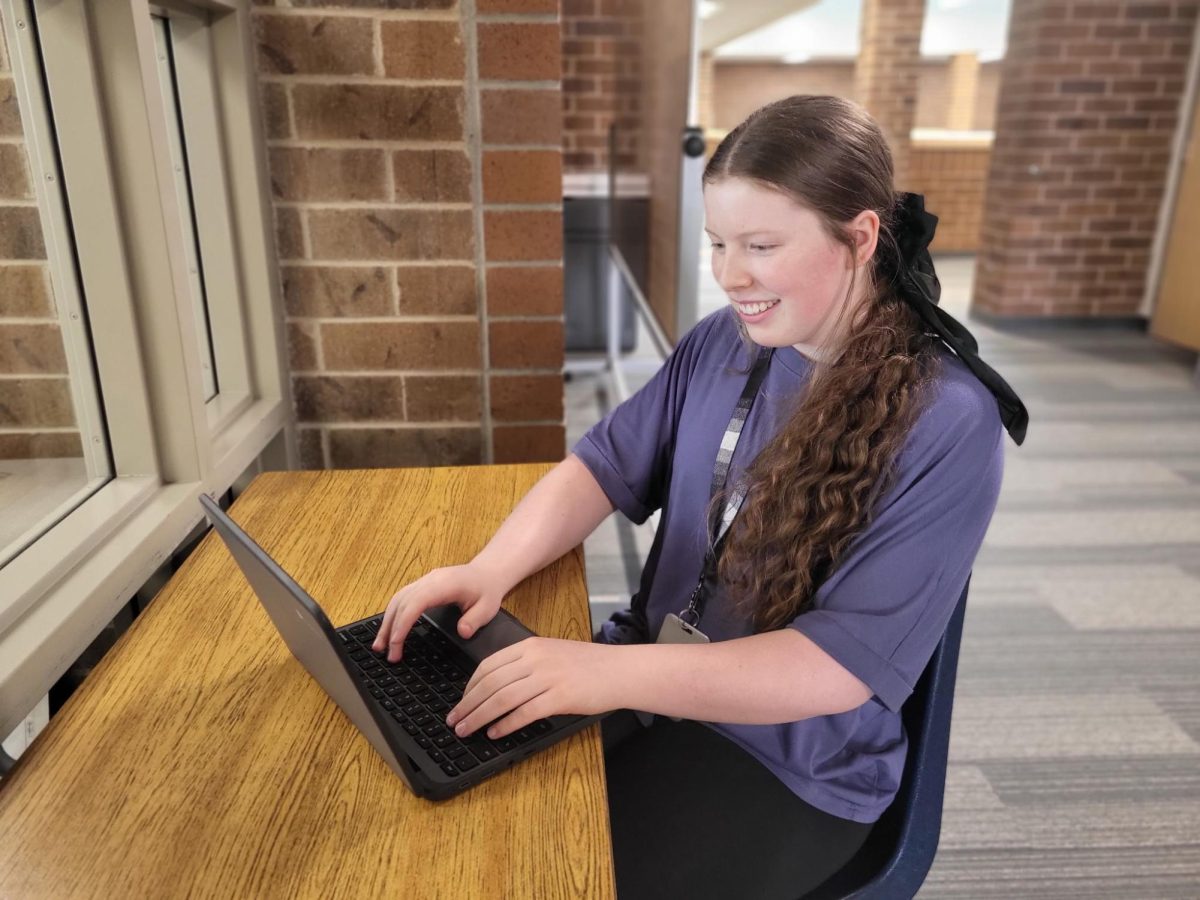
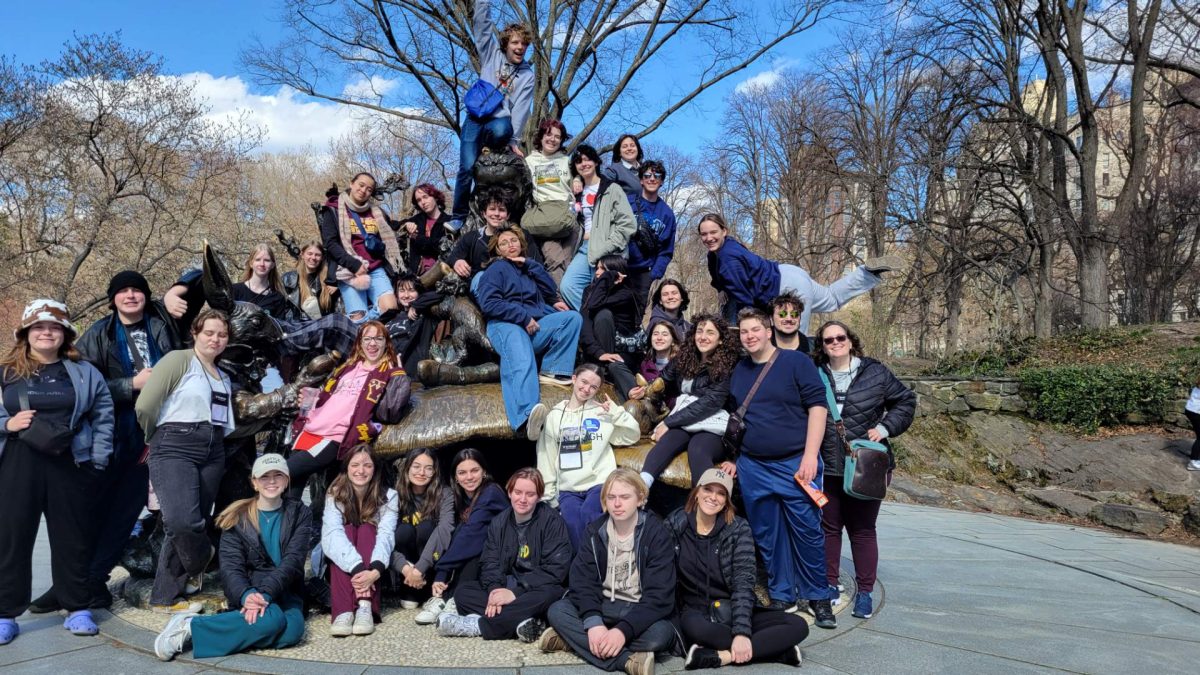
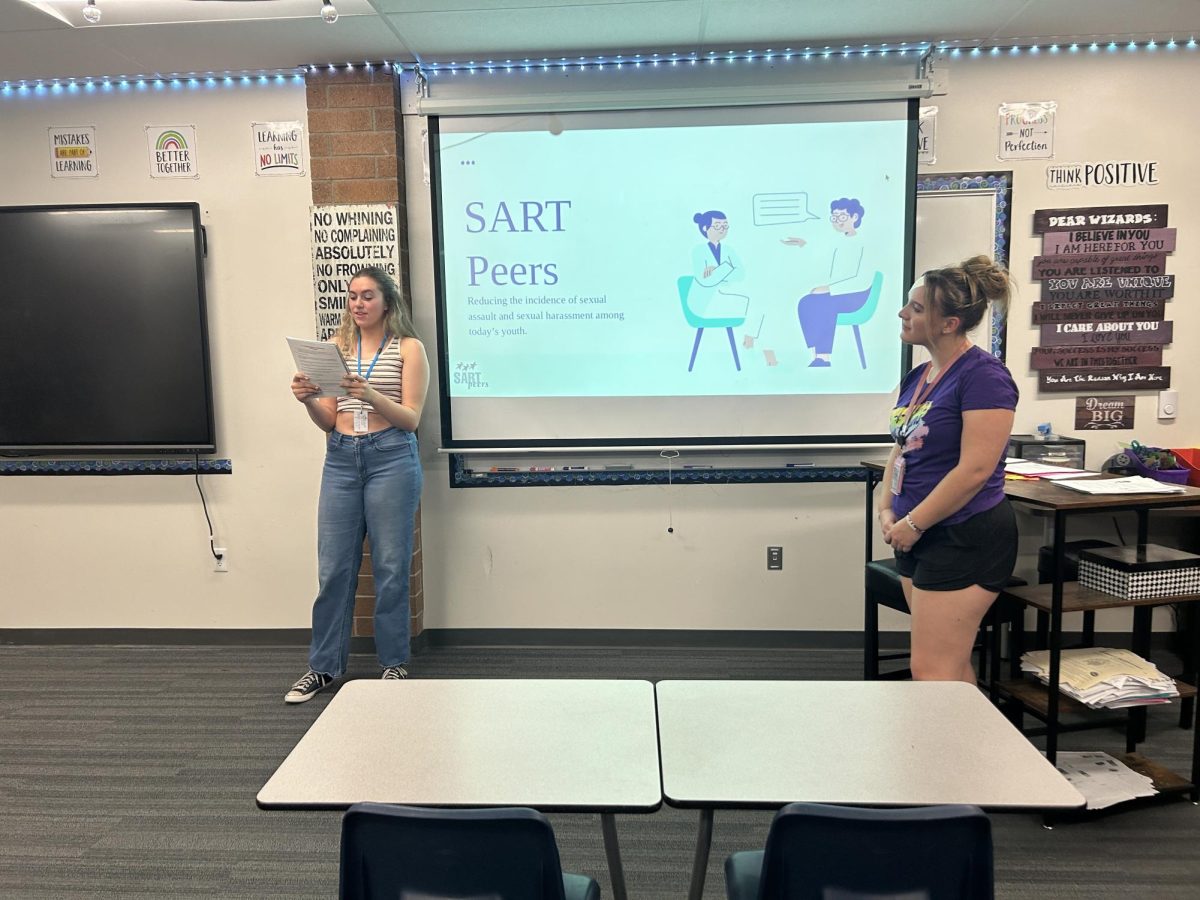
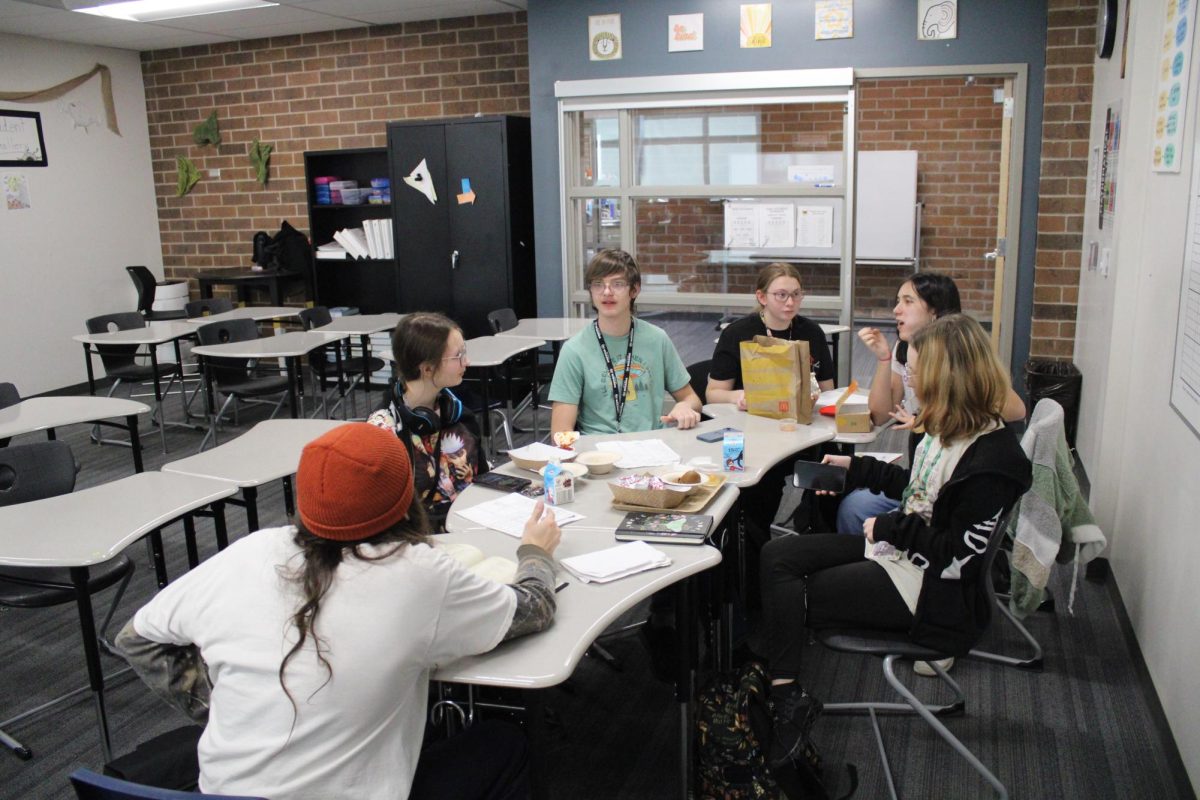
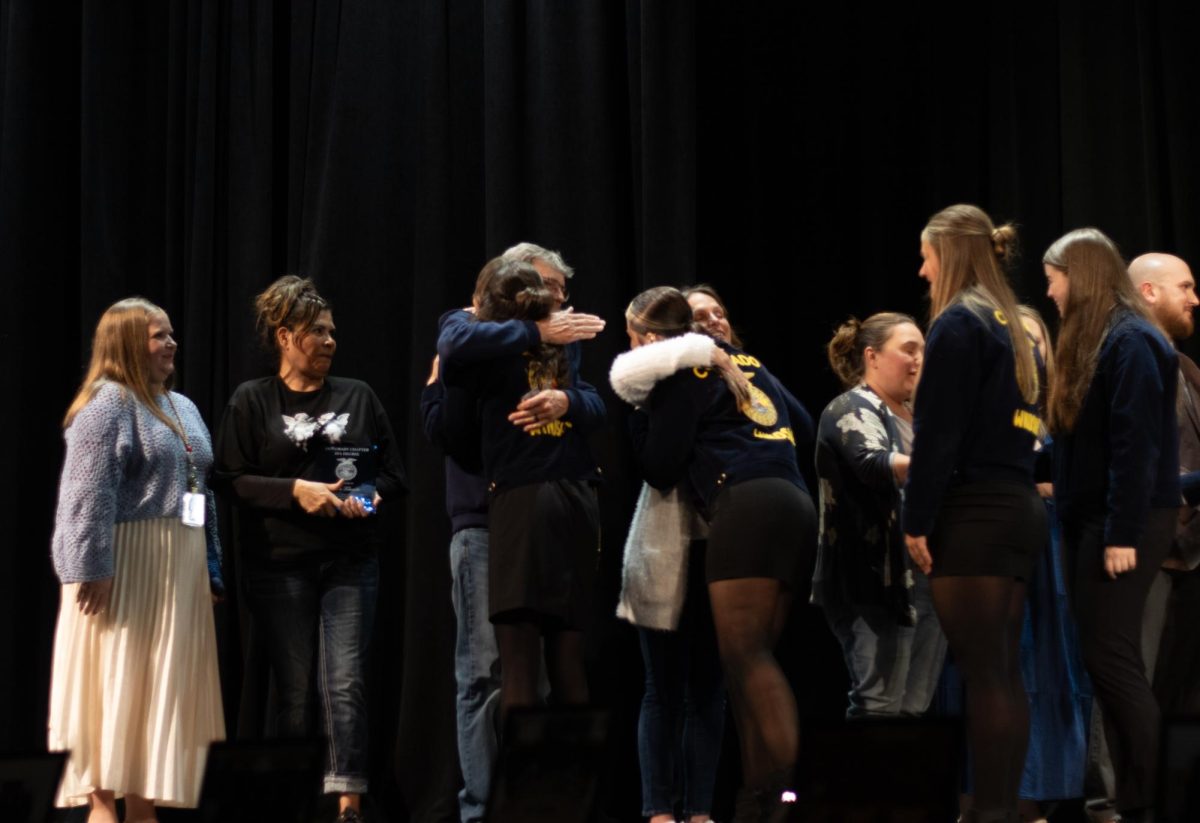
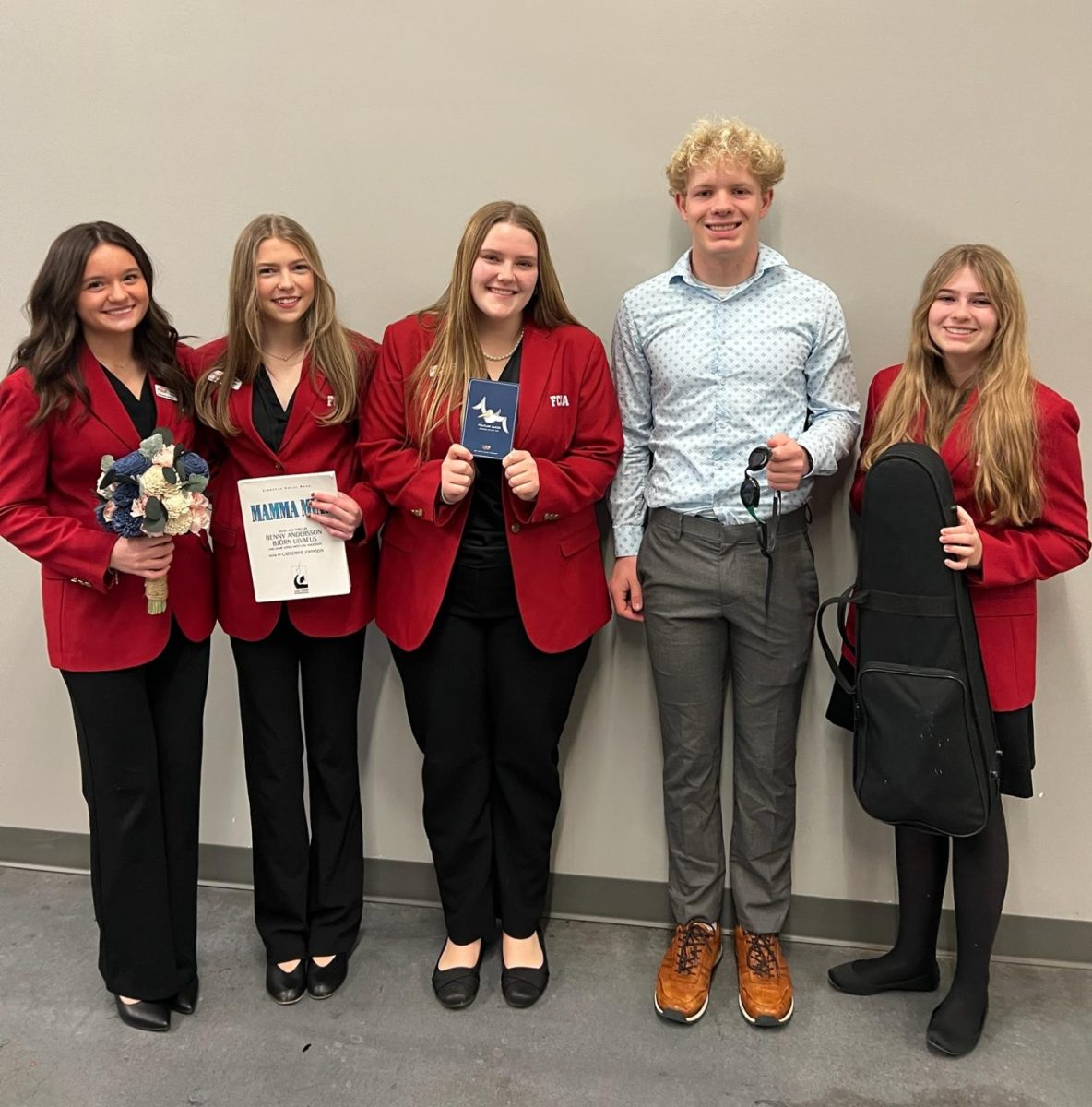

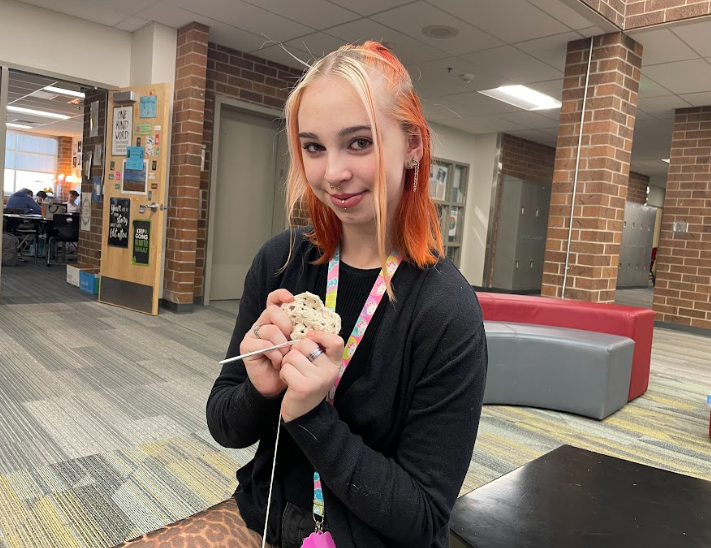
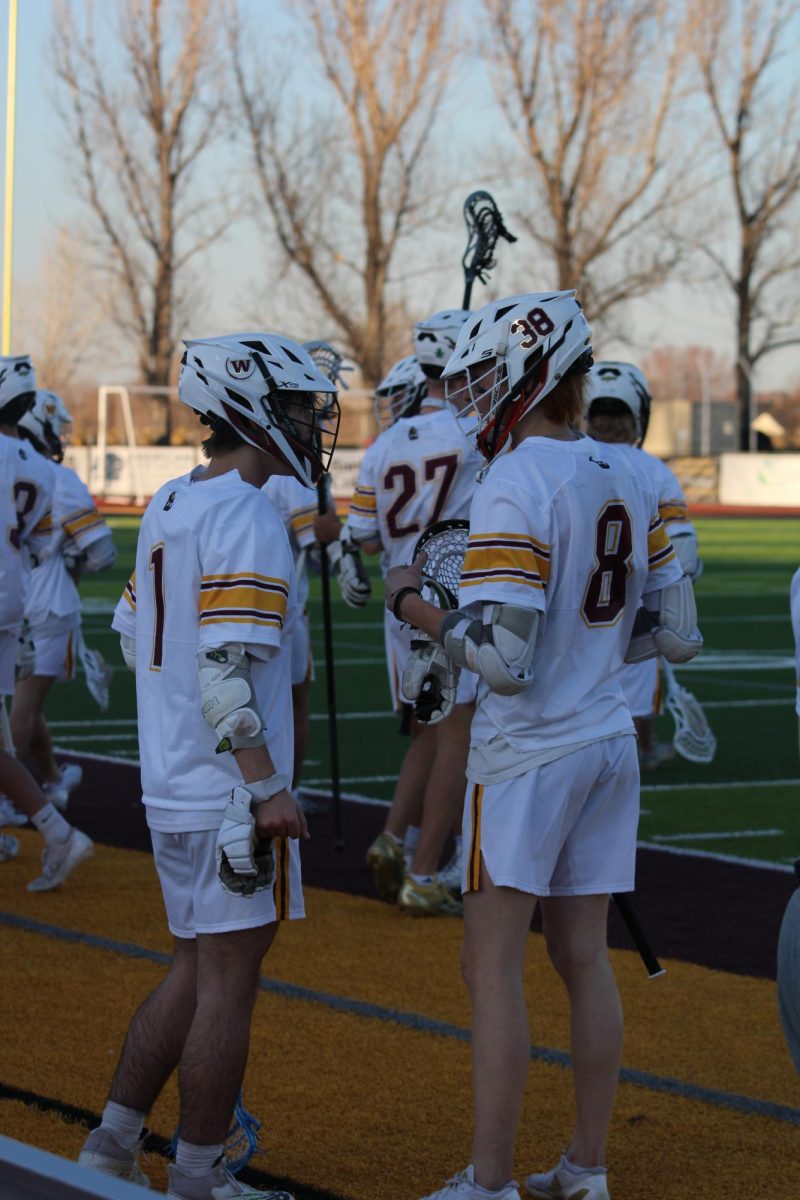
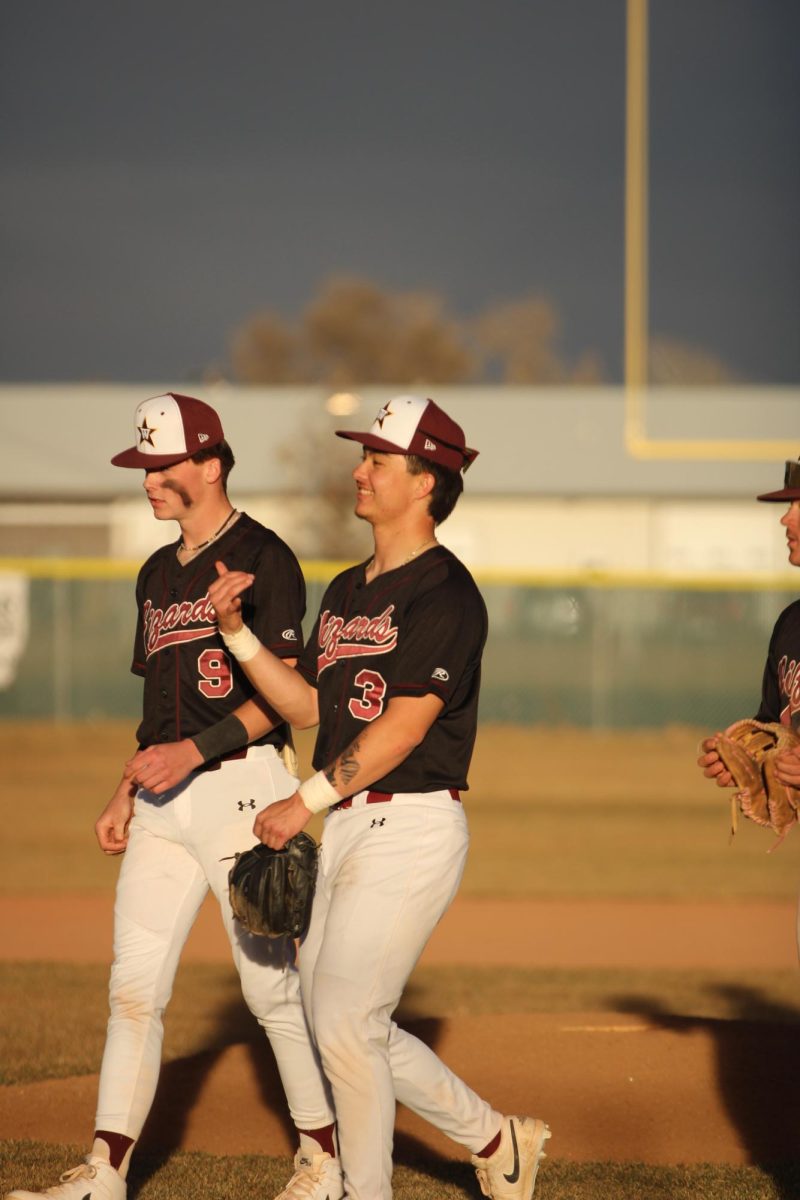
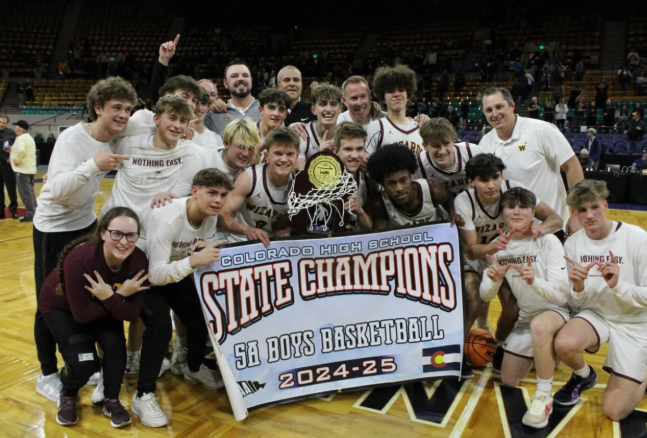



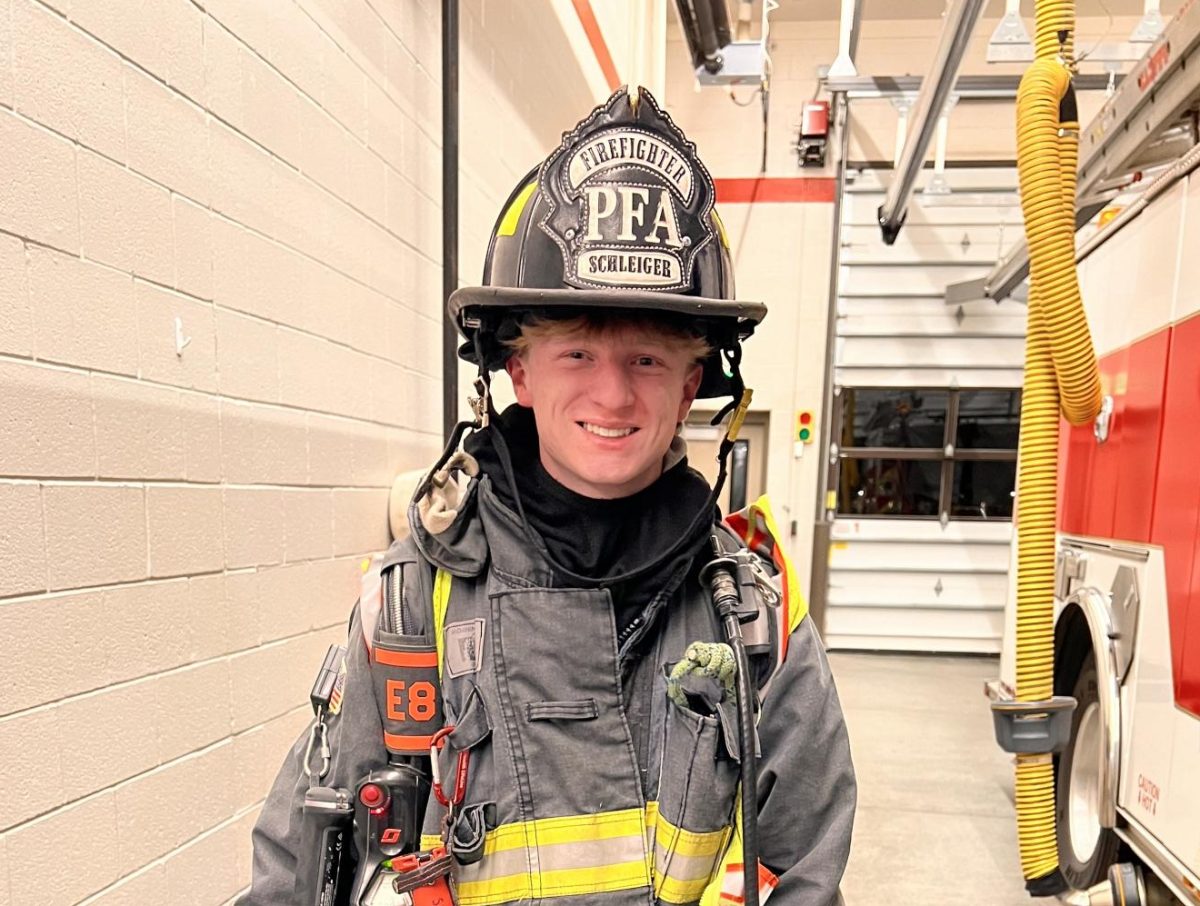
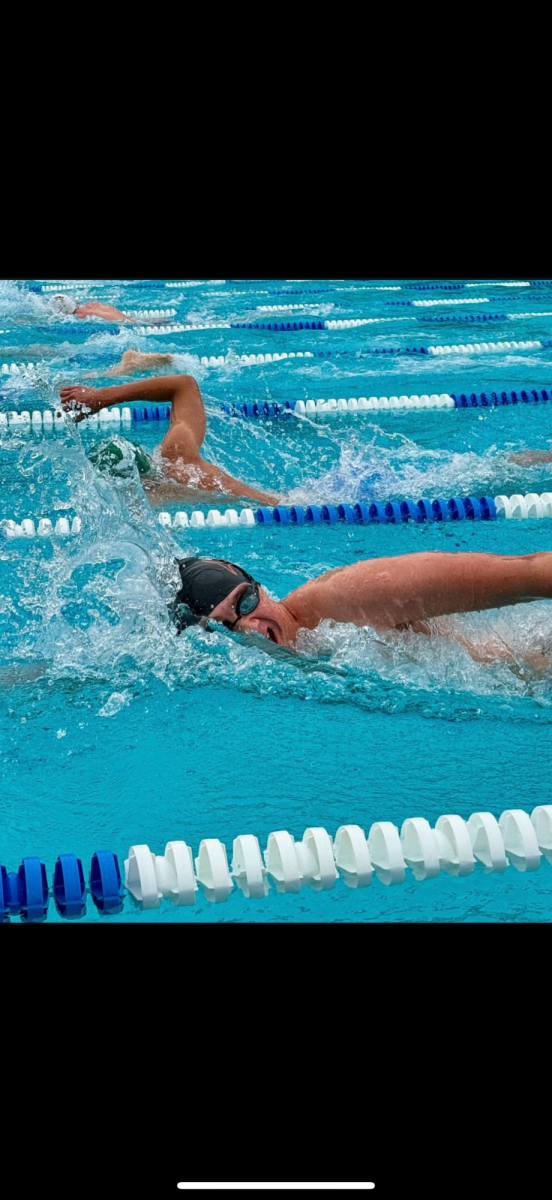
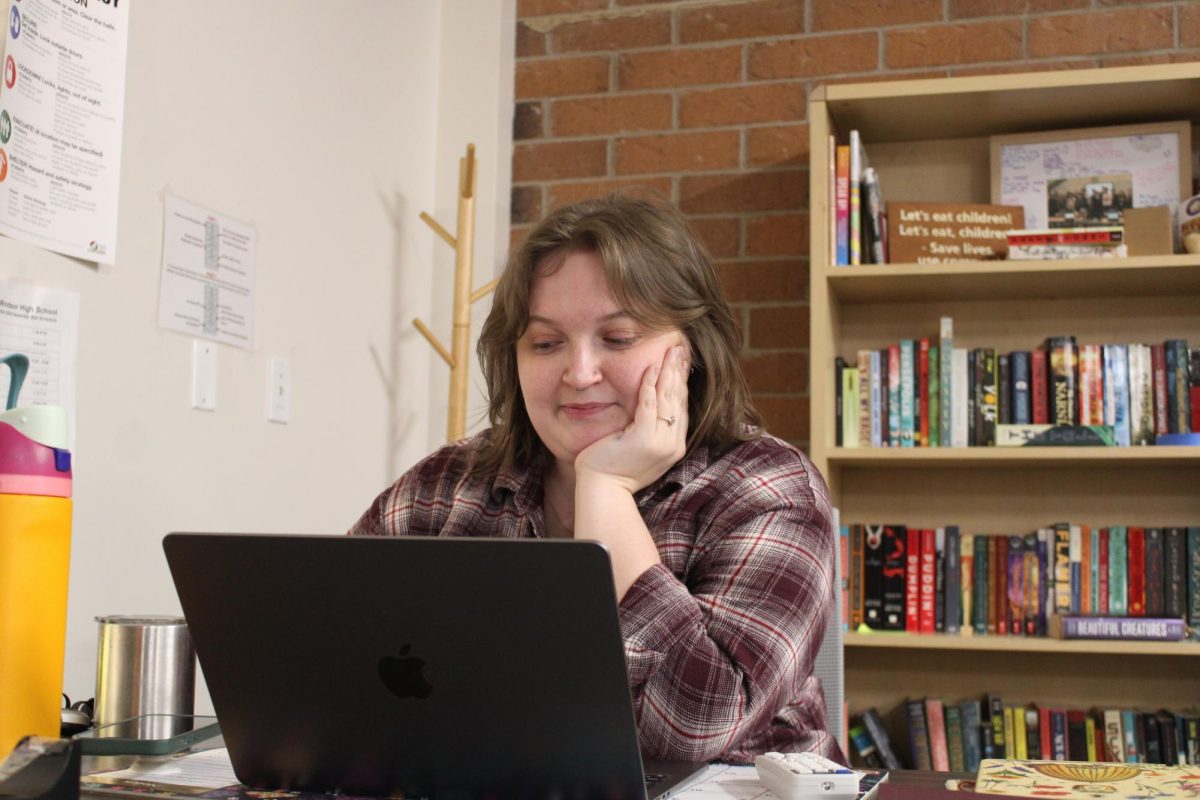
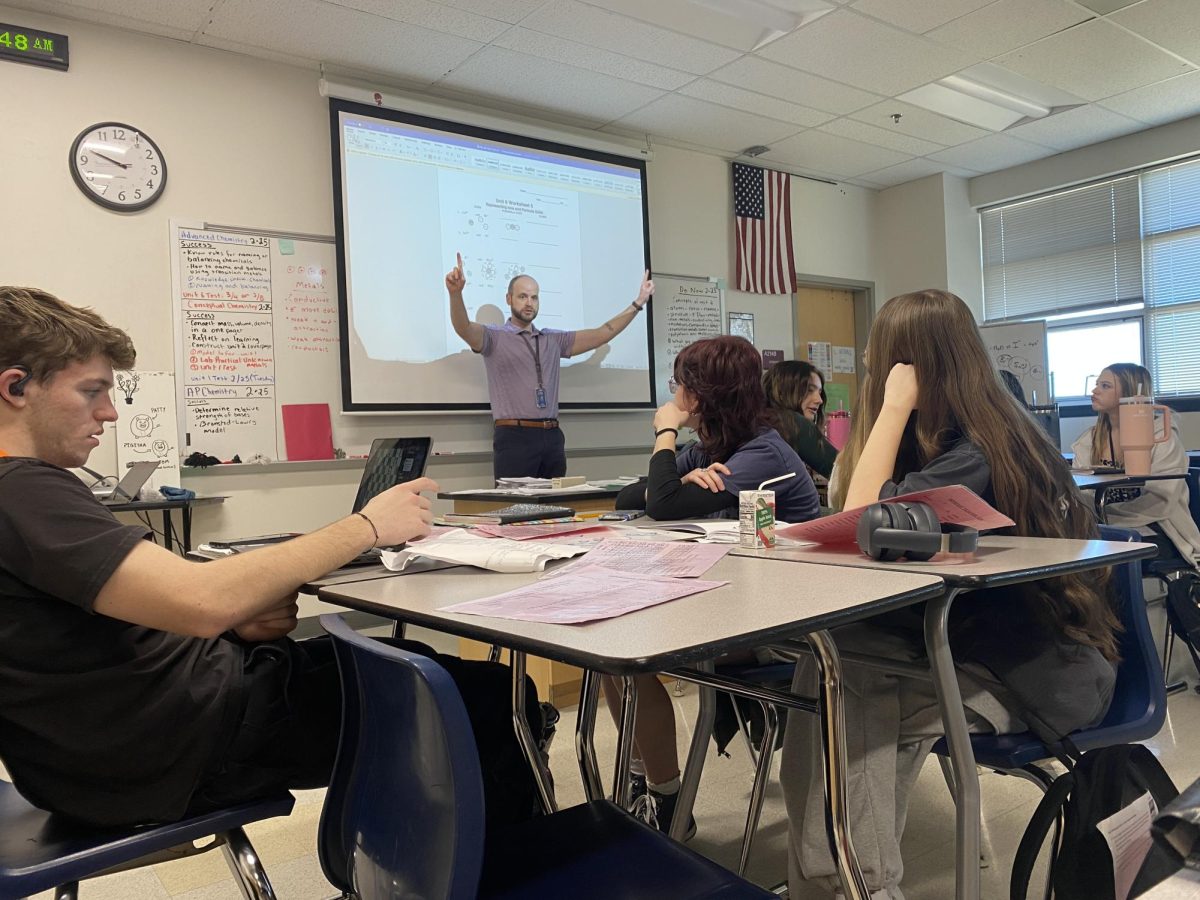
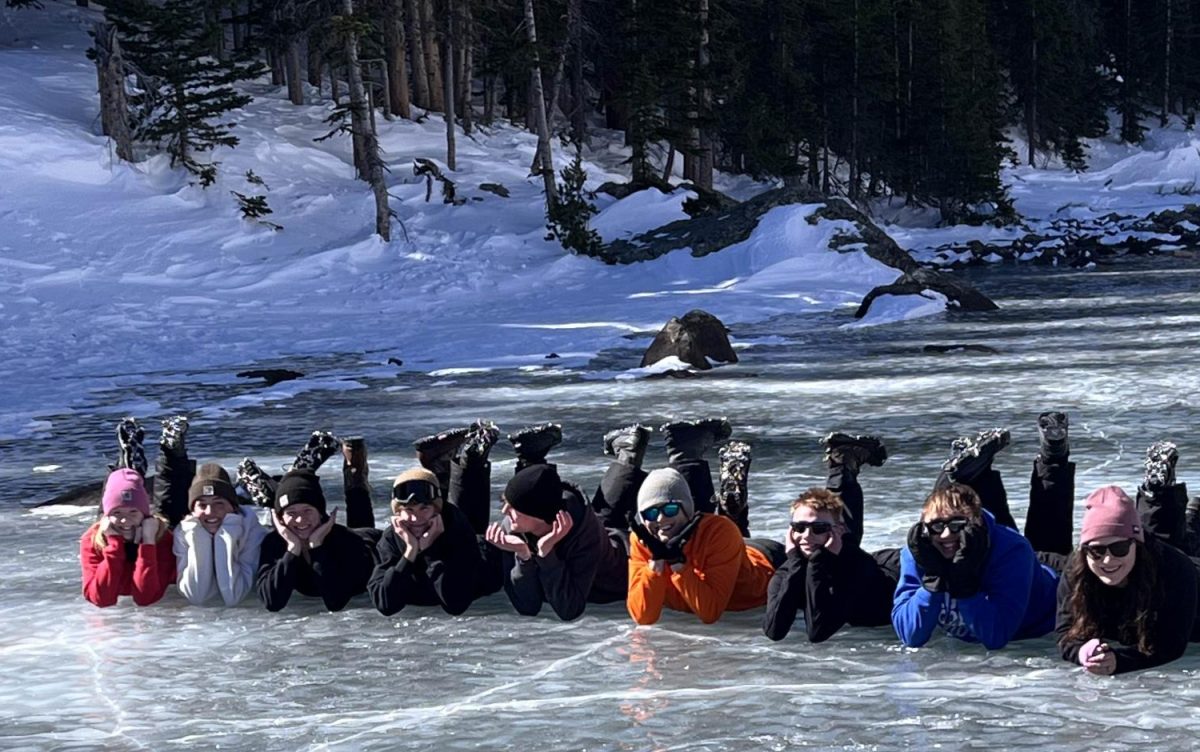
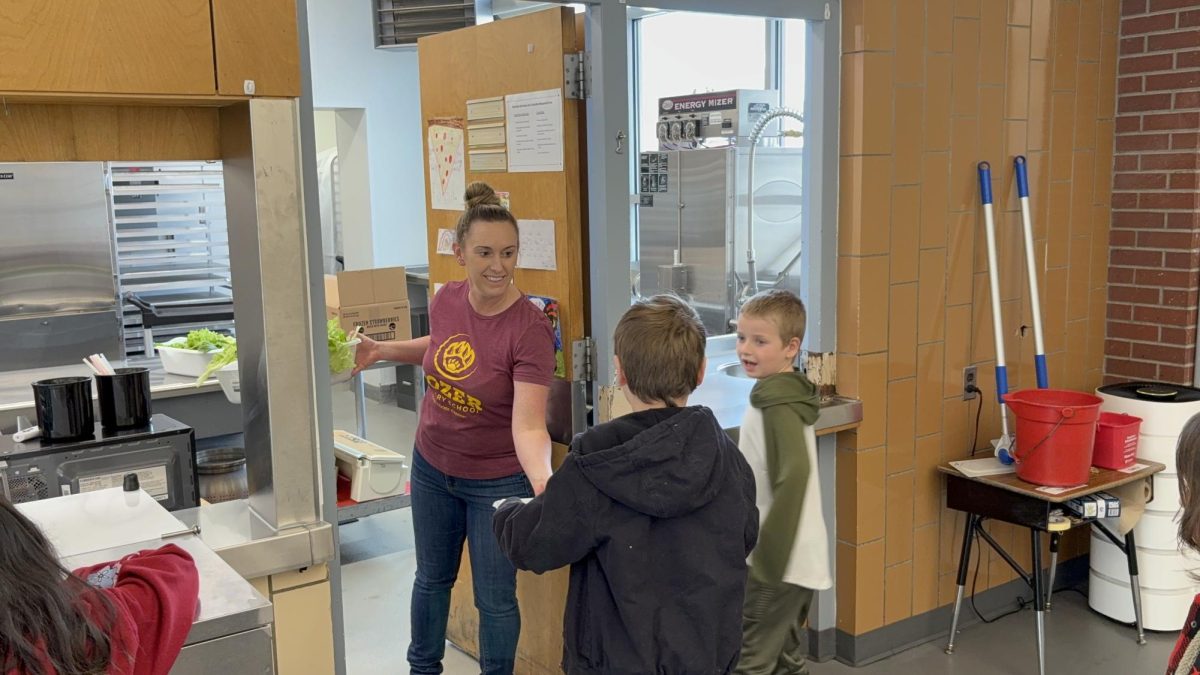

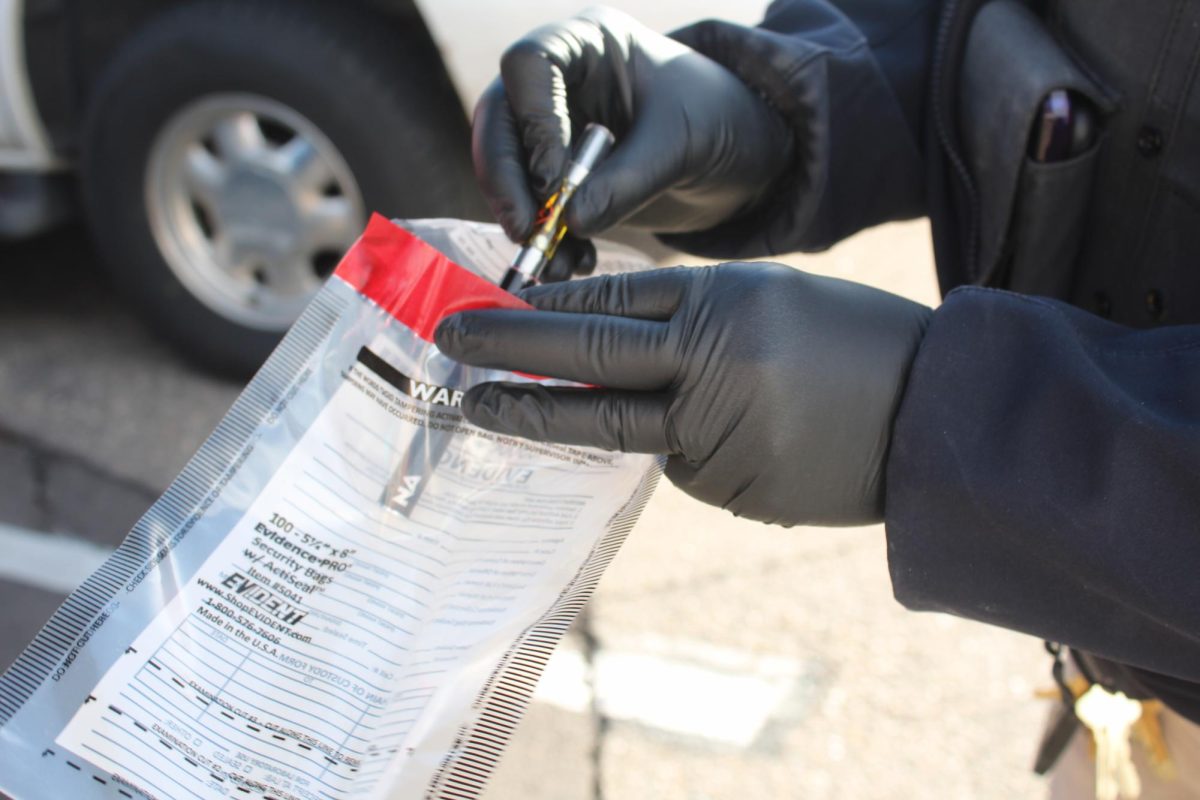

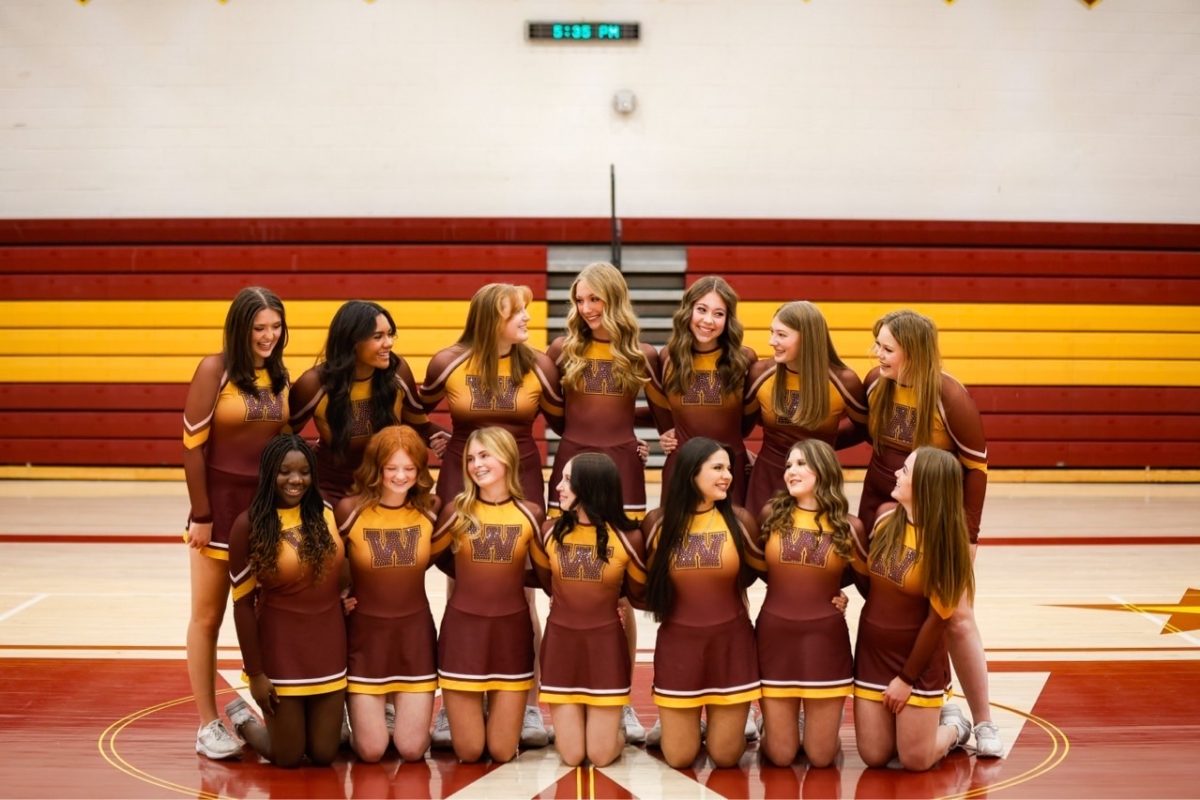

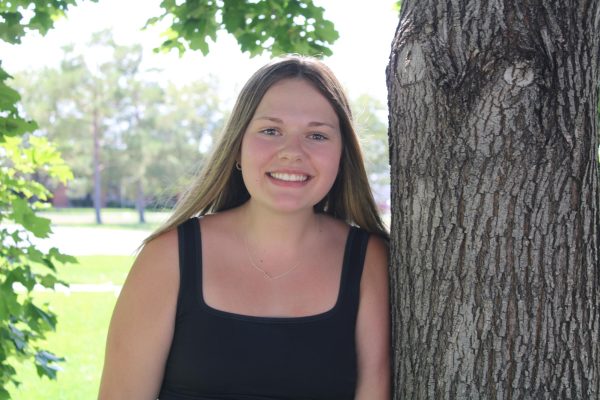
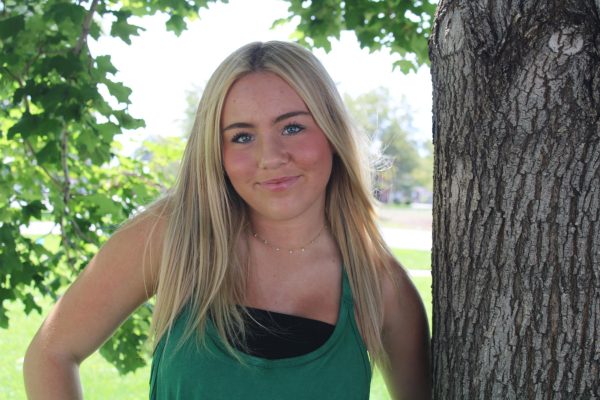
Officer Anna Smith • Feb 13, 2024 at 2:36 pm
This is a wonderful article. What a great topic.